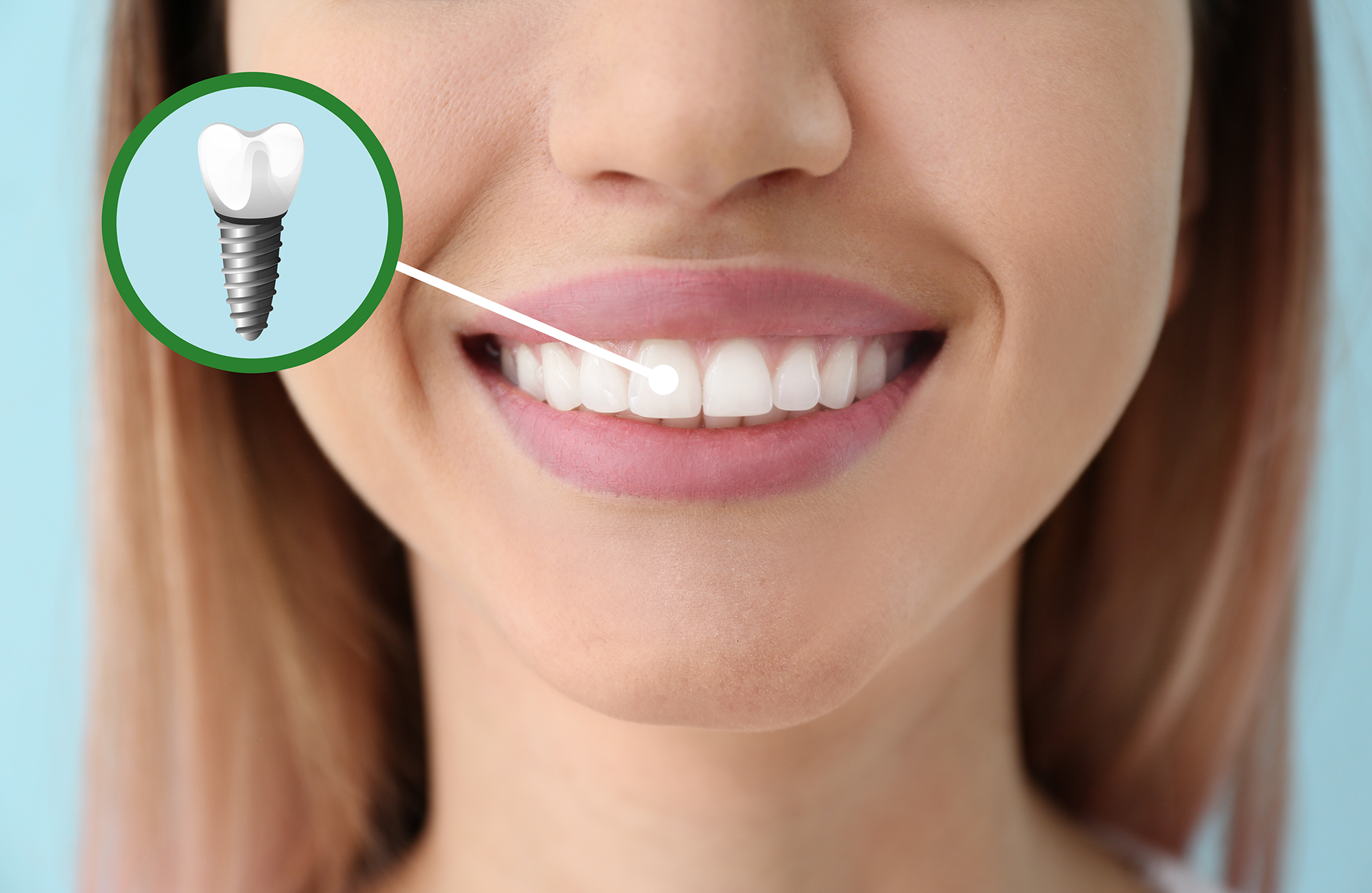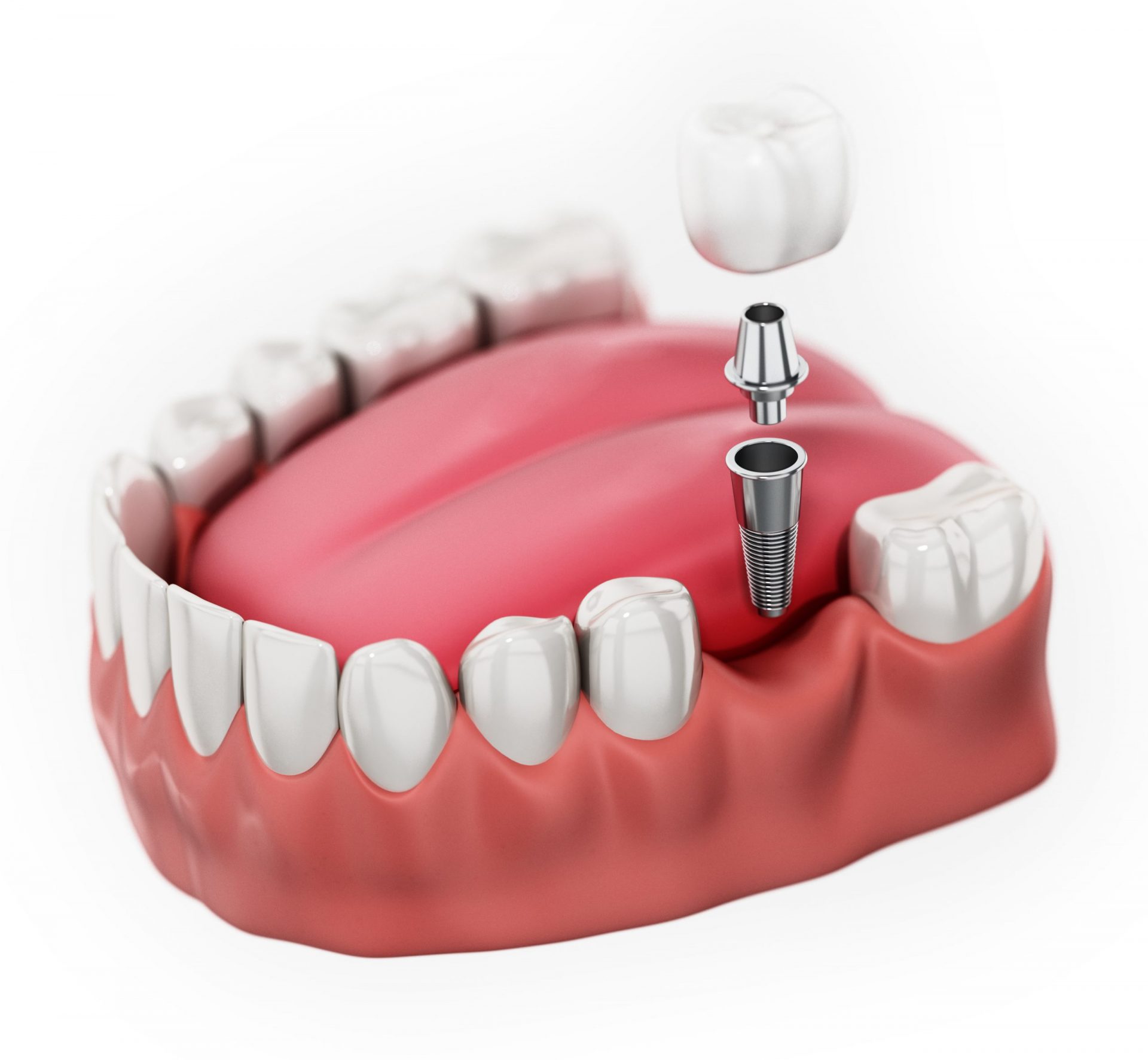Recover Capability and Visual Appeals: Dental Implants Kent Services
Recover Capability and Visual Appeals: Dental Implants Kent Services
Blog Article
Experience the Most Recent Developments in Oral Implants Modern Technology
As the field of dentistry proceeds to develop, the advancements in oral implant technology have actually been absolutely nothing short of exceptional. The integration of modern technology is reinventing the functionality of oral implants, promising enhanced outcomes and individual complete satisfaction.
Advanced Products for Improved Resilience
In the world of dental implants modern technology, the integration of innovative materials has actually considerably added to improving longevity and durability of these crucial dental prosthetics. The application of materials such as titanium alloys, zirconia, and ceramic substances has actually transformed the area by providing boosted resistance, biocompatibility, and strength to rust.
Titanium alloys are commonly utilized in oral implants due to their phenomenal strength-to-weight ratio, corrosion resistance, and compatibility with the human body. These alloys make certain the security and longevity of the implant by standing up to the forces applied during eating and talking, giving a trusted option for patients looking for long lasting tooth substitutes.
Zirconia, a kind of ceramic product, has actually obtained appeal for its biocompatibility and all-natural tooth-like look. Its high strength and resistance to put on make it an ideal selection for dental crowns and bridges, enhancing the overall aesthetic appeals and performance of the dental implant.

Digital Imaging for Specific Positioning
The development of dental implants innovation has even more advanced with the integration of digital imaging strategies, making certain specific positioning of these prosthetics for ideal practical and aesthetic outcomes. Digital imaging plays an essential role in the planning and placement of oral implants by providing detailed 3D pictures of the patient's jawbone structure. This innovation enables dental practitioners to evaluate bone thickness, locate important structures, and plan the precise placement and angle for dental implant positioning with unparalleled precision.
By making use of electronic imaging, dental professionals can produce virtual medical guides that work as a roadmap throughout the dental implant placement treatment. These guides are personalized for every patient, thinking about their special composition and the preferred result. This degree of precision not just enhances the success price of dental implant treatments yet likewise reduces the danger of issues.
Additionally, digital imaging enables dental practitioners to visualize the last prosthetic restoration before the actual placement of implants, permitting meticulous planning and making certain that the result satisfies the patient's aesthetic assumptions. In general, the combination of electronic imaging technology has changed the field of dental implants, offering individuals a more predictable, effective, and patient-specific therapy approach.

Minimally Intrusive Surgical Techniques


Improvements in surgical techniques have actually brought about the development of minimally intrusive methods in the field of dental implantology. These strategies intend to decrease trauma to the patient, reduce recuperation times, and enhance overall treatment end results. Minimally intrusive surgical procedures entail smaller sized incisions, specialized tools, and progressed imaging modern technologies to exactly put dental implants with marginal disturbance to bordering tissues.
One secret aspect of minimally invasive strategies is the use of led surgery, where 3D imaging and computer-aided style software application are utilized find out here now to intend the dental implant positioning with excellent precision. This permits a much more foreseeable outcome and can commonly get rid of the requirement for comprehensive flap surgical procedure.
Additionally, developments in products and implant layout have also added to the success of minimally invasive methods. Implants with improved surface buildings promote faster osseointegration, lowering the healing time required prior to the prosthetic restoration can be positioned.
3D Printing for Customized Solutions
Making use of 3D printing modern technology in oral implantology enables the production of highly customized solutions customized to private patient requirements and physiological variations. This sophisticated technology allows oral specialists to develop and make oral implants with outstanding accuracy and accuracy. By using electronic imaging strategies, such as cone beam calculated tomography (CBCT), detailed 3D designs of the person's oral dental caries can be produced to guide the dental implant planning procedure.
Among the vital benefits of 3D printing in dental implantology is the capability to create patient-specific implants that flawlessly fit the distinct anatomy of each individual. This personalized strategy assists enhance the overall success and longevity of the implant by guaranteeing optimum fit and positioning. Additionally, 3D printing enables for the production of complex geometries and elaborate frameworks that would be impossible or difficult to accomplish utilizing conventional production techniques.
In addition, 3D printing technology enables dental professionals to simplify the implantation process, decreasing surgical treatment time and improving general person experience. With its capability to create customized solutions quickly and successfully, 3D printing is changing the area of dental implantology, offering patients cutting-edge therapy choices and enhanced outcomes.
Integrated Modern Technology for Improved Functionality
Executing sophisticated innovation in oral implantology improves capability and precision, boosting the standard of treatment for individuals undergoing implant treatments. Integrated technology plays a critical role in enhancing the total success and sturdiness of oral implants.
Additionally, the assimilation of computer-aided design and computer-aided production (CAD/CAM) technology allows the production of custom-made implant repairs with extraordinary precision. CAD/CAM systems utilize digital impacts to develop prosthetics that flawlessly fit the client's one-of-a-kind makeup, ensuring optimal comfort and capability. Furthermore, using robotic-assisted surgical treatment in dental implant placement improves accuracy and reduces the threat of human mistake.
Conclusion
In final thought, the most up to date innovations in oral implants innovation offer improved resilience with advanced materials, precise placement with electronic imaging, minimally intrusive medical strategies, tailored remedies with 3D printing, and enhanced performance with integrated technology - Dental implants Kent. These advancements in oral implants modern technology are changing the field and providing patients with more efficient and reliable therapy choices for restoring their smiles and dental health and wellness
The combination of technology is changing the performance of oral implants, guaranteeing click site improved results and patient contentment.
The development of oral implants technology has actually further progressed with the integration of digital imaging techniques, making sure precise positioning of these prosthetics for optimal practical and visual description results. Minimally intrusive surgical treatments involve smaller lacerations, specialized instruments, and progressed imaging technologies to exactly position dental implants with marginal disruption to bordering tissues.
Carrying out cutting-edge innovation in oral implantology enhances capability and accuracy, elevating the requirement of treatment for people undergoing implant treatments. Dental implants Kent. Integrated modern technology plays a vital role in enhancing the overall success and resilience of oral implants
Report this page